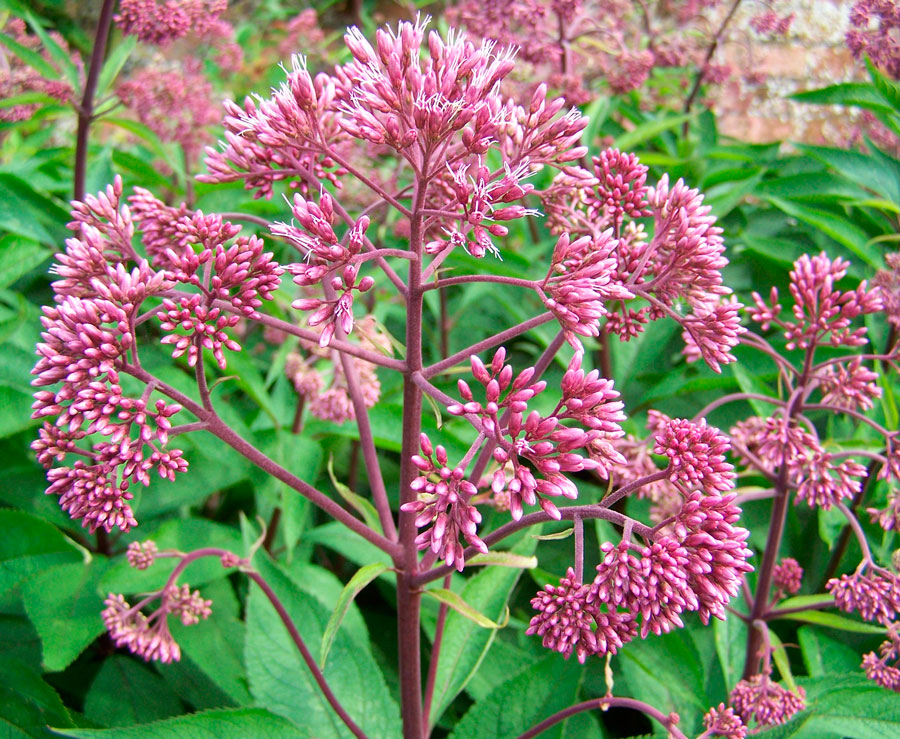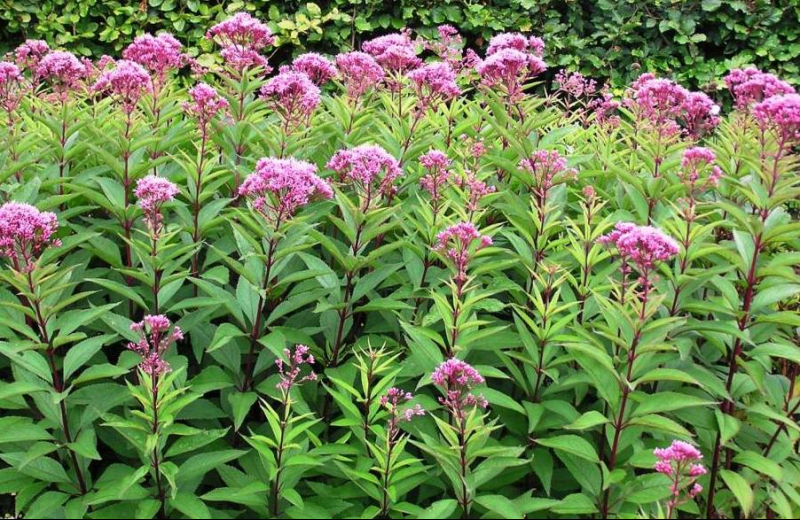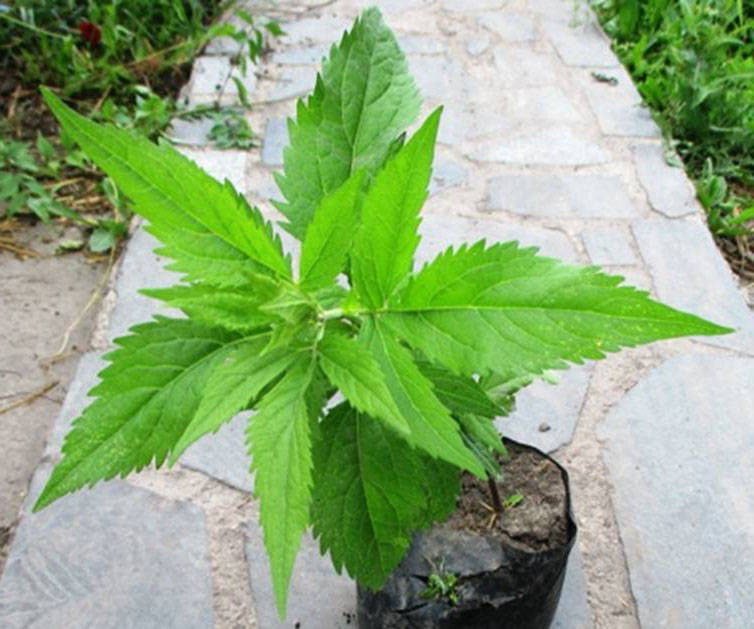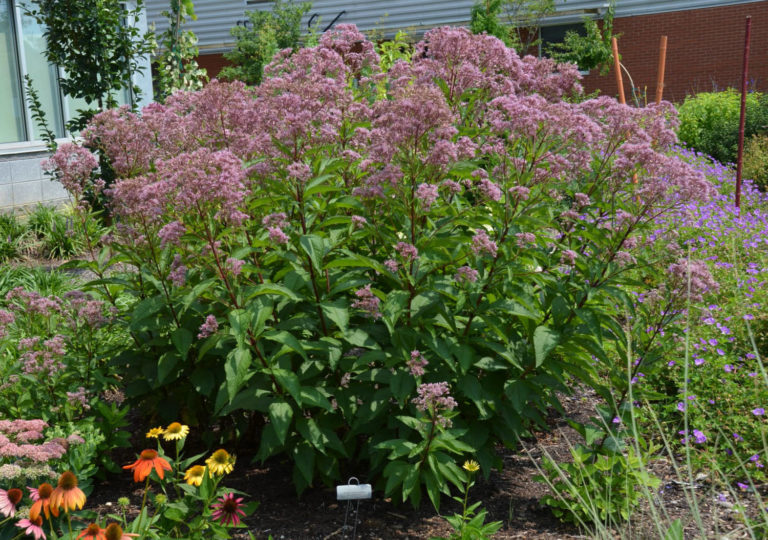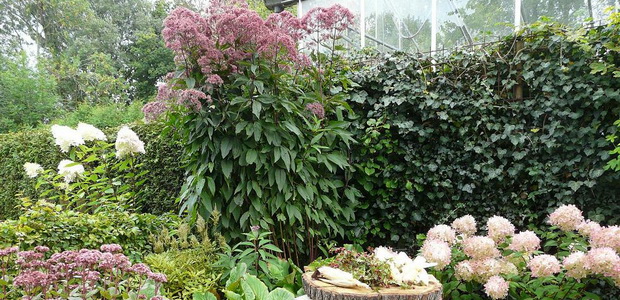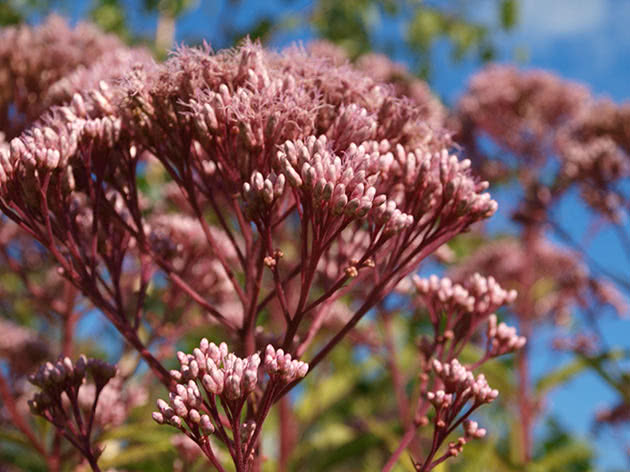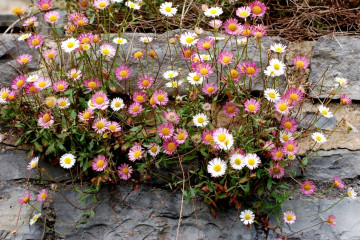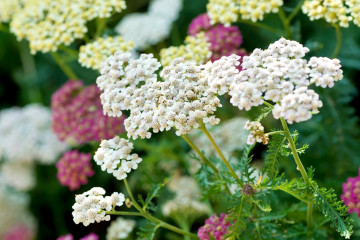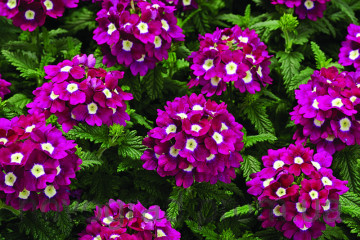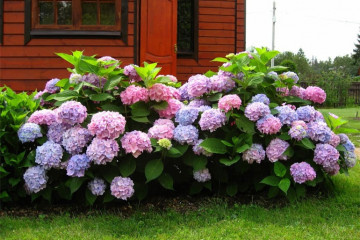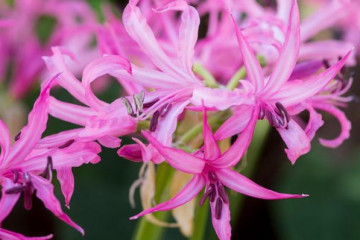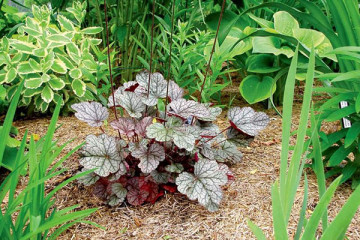Stem rose purple - planting and care
Content:
The purple rosewood is a life-loving plant that is undemanding to care. It has beautiful flowers and is very popular with gardeners and landscape designers. A variety of species and varieties will allow you to choose the plant that will meet the needs and tastes of the grower.
Most of the species are tall and vigorous plants with gorgeous small flowers that are widely used in landscaping. Eupatorium Perfoliatum is used to create medicines.
About the history of appearance
The stethoscope got its name from the resemblance to hemp. Earlier, the word "poskon" was another name for this plant. In accordance with the Latin name, the posonnik is also called Evpatorium.
Bristlecone is a plant that comes from the eastern part of North America. It is often found in nature at the edges of forests and along river banks. There are various types of it, for example:
- hemp;
- spotted;
- purple.
There are also many other types of stethosis known (there are about six hundred of them in total).
On their basis, a significant number of varieties were bred. As examples are:
- Glutball;
- Phantom;
- Baby Joe.
Plant characteristics
These plants have flowers of different colors. They can range in color from pink to purple. The shoots are powerful and erect. The growth of the perennial bristle plant reaches 1-2.5 m. This plant has dark green leaves, which are large and elongated. The flowers are small, collected in inflorescences, which are similar in shape to a cap. Flowering begins in mid-summer and ends in autumn.
What family does it belong to
The purple sap is a member of the Asteraceae family (Asteraceae).
Description of popular species and varieties
If we consider the stethoscope, its species and varieties are very diverse. The most popular of them will be discussed below.
Spotted
North American forests are home to Eupatorium Atropurpureum. It is also found on river banks. The height of an adult plant reaches 1.8 m. The leaf plates are arranged in the form of whorls (several come out of one point of the stem, looking in different directions). The inflorescences are lilac.
Several varieties of stethosis spotted:
- The Album variety has white inflorescences with a grayish tint. Plant height of this variety is 2 m.
- Barter Bride's steak variety has a snow-white color. Such a bush grows up to 2.4 m.
- Spraypaint (the name translates as "paint splatter") has dark green leaves with light blotches. This is one of the types of variegated stethosis.
- In the Karin variety, the flowers have a pale lavender hue. Adult plants reach 2 m in height.
- Fortune's stethoscope can have flowers of various colors.
This species also includes many other varieties.
Cannabis
This bush grows to a height of over one and a half meters. The hemp-shaped sap has straight, strong stems. The inflorescences have a smoky pink color. The leaves are dark green, resembling hemp in appearance. Their shape is dissected, with three claw-like segments. In hemp stethosis, they are slightly pubescent, grow on short petioles. Flowers are collected in baskets of 4-6 pieces. The hemp-shaped stew is a good honey plant.
White
The stethoscope of this species is hygrophilous. The bush can reach a height of two meters. Grows well in areas exposed to the sun. In landscape design, it is used in combination with shrubs and flowers.
Variegated
The bush grows compactly. Its width is 45 cm, height is 60 cm. This stethoscope flower is distinguished by a special color of its leaves. These include pink, emerald and green. Moreover, at their edge there is a special color - creamy cream. Not only flowers, but also the leaves of this plant are decorative. It remains in the bush for almost the entire spring-autumn season: from early spring to the end of September.
Prefers moderately moist soils. Not only good sunlight is suitable for him, but also light partial shade. The variegated bush is used for landscape design and is suitable for growing in pots.
Hybrid
An important distinctive feature of the hybrid varieties of perennial breeches is that when propagated by seeds, they do not inherit the properties of the parent plant. This applies to self-obtained seed. However, one that is purchased in specialized stores or nurseries will allow you to get the plant of the desired variety.
Examples of hybrid varieties are:
- Phantom variety, the height of which does not exceed one meter. Its inflorescences are bluish-lilac in color. Grows well in bright light or partial shade. Prefers fertile soils, easily permeable to air and water.
- The hybrid variety Baby Joe has a large deciduous mass. The height of the bush does not exceed 75 cm. This variety is often used for decorative design of reservoirs. It is also a winning backdrop for brightly colored perennials. Needs good sunlight to grow. The flowering period is from July to September.
Hybrid varieties are the fruit of long-term efforts of breeders and delight owners with their special beauty.
How does the stethosis reproduce?
For the propagation of flowers, cuttings are used, dividing a bush or using seeds. More details about these methods are described below.
Cuttings
As a cutting, it is necessary to take a part of the stem no more than 15 cm long.Then it is planted in a container with soil and watered regularly. After 2-3 weeks, the roots develop, after another week you can expect the first leaves to appear. After that, the cutting can be planted in open ground.
Dividing the bush
This method is convenient for those types of stethoscope that grow well in breadth. At the same time, a part of the root is separated from the mother plant along with the stem, then transplanted to a new place.
Seeds
The seed is first grown to produce seedlings. They are planted in open ground in mid-May.
Open ground planting rules
For a plant, you need to choose areas that are brightly lit by the sun. Allowed when there is light partial shade.
Preparation and sowing
The seed is stratified. To do this, it is mixed with sand and kept in a glass jar for a month on the bottom shelf of the refrigerator. After that, the seeds are kept in a weak solution of potassium permanganate for a day and planted in a small container to a depth of 5 mm.
How to care for seedlings
The containers with soil are covered with foil and placed in a warm place. They need to be watered and ventilated regularly. The film is removed after 2-3 weeks. When two leaves appear, the seedlings dive, placing them in peat pots. They are ready to disembark in mid-May.
Landing in open ground
The holes are made at a distance of at least 80 cm from each other. Before landing on each square. meter add 3.5 kg of compost. You need to choose the depth of the holes so that the peat pot can easily fit.
After the plant has been planted, you need to trample the soil a little and water the sprout.
Planting in a seedless way
In this case, the seeds are placed in open ground in early spring. They must be watered thoroughly. In this case, not all of them will sprout, but those that sprout will be viable and seasoned.
Features of plant care
According to the description of the steep, the plant is able to tolerate high humidity well and likes frequent abundant watering.
Top dressing is required three times during the growing season: in early spring, in June and during the period when buds begin to form.
Formative pruning is not necessary. However, if self-seeding is to be avoided, the wilted flowers are removed to avoid the formation of seed pods.
Before the onset of winter, the aerial part is cut off, leaving only the roots.
When and how it blooms
In most species, this period begins in mid-July. Flowering continues until the end of September.
Types of flowers
The buds of this plant have only one appearance. When the steep blooms, the small buds gather in a variety of inflorescences, which may look different in different species and varieties.
Forms
The buds are tubular and small in size. The color can be different: white, pink, purple or lilac-blue. They are collected in inflorescences that take one of the following forms: scutes, panicles, or brushes. The fruit of the steep is the achene.
Flowering period
This time for most varieties begins in mid-summer and ends at the end of September. The sapwood retains its decorative properties not only during this period, but also at other times.
Care changes
During the period of bud formation, one of three annual dressings is carried out. It is customary for her to use a complex mineral fertilizer for flowers. There are no other changes in care during this period.
Possible problems
This plant is very vigorous and grows efficiently. However, if there are difficulties, then it is necessary to take measures to cope with them.
Leaf problems
Deviations can occur in cases where the steep receives little sunlight, moisture, or when there is a lack of nutrients.
If such a situation arises, care must be taken in accordance with the rules.
Pests
Plants are highly resistant to insects. However, the steep can be attacked by miners. It is difficult to get rid of them. Therefore, the affected parts must be removed and disposed of.
Diseases
Subject to the rules of care, the steep is not susceptible to infection.
Signs of improper care
If the plant grows frail, the leaves dry, there are few flowers, then this indicates that it is not being taken care of enough. In this case, it is necessary to provide the correct watering and feeding.
Use in landscape design
This plant is widely used in landscaping.
In the gardens
This flower can be used as a solo plant and as part of a landscape ensemble.
If it is necessary to hide certain parts of the garden, then in this case, a group planting of a steep tree can be applied.
In cities
Shoots retain their freshness for a long time. Cut flowers can be used for bouquets and compositions.
This plant allows you to tastefully decorate a garden or park. Moreover, for this, you can choose among the available variety the most suitable type of steep sap. However, it should be borne in mind that, despite the undemanding care, there are certain rules that must be followed in order to ensure abundant and beautiful flowering.
Video
